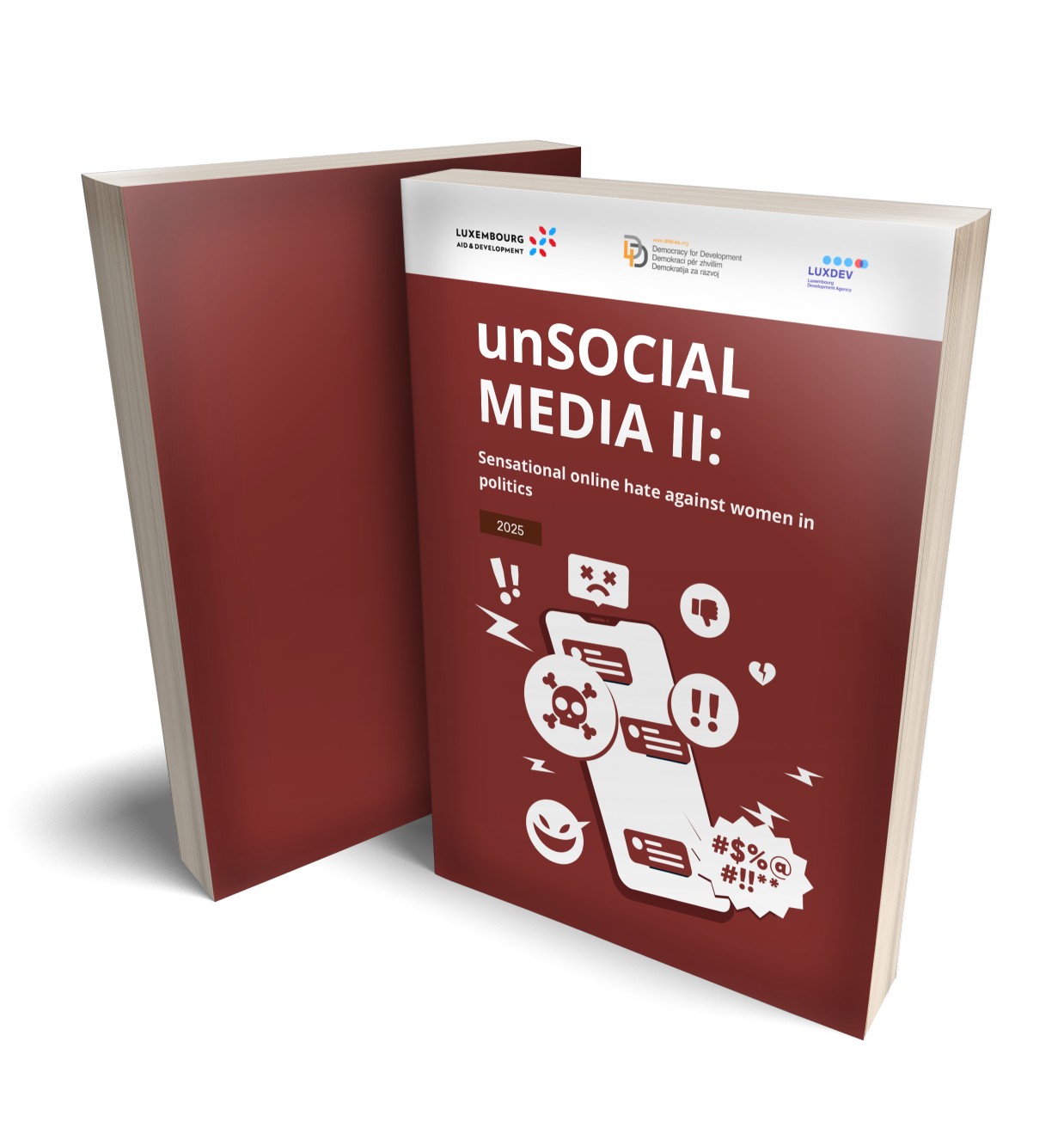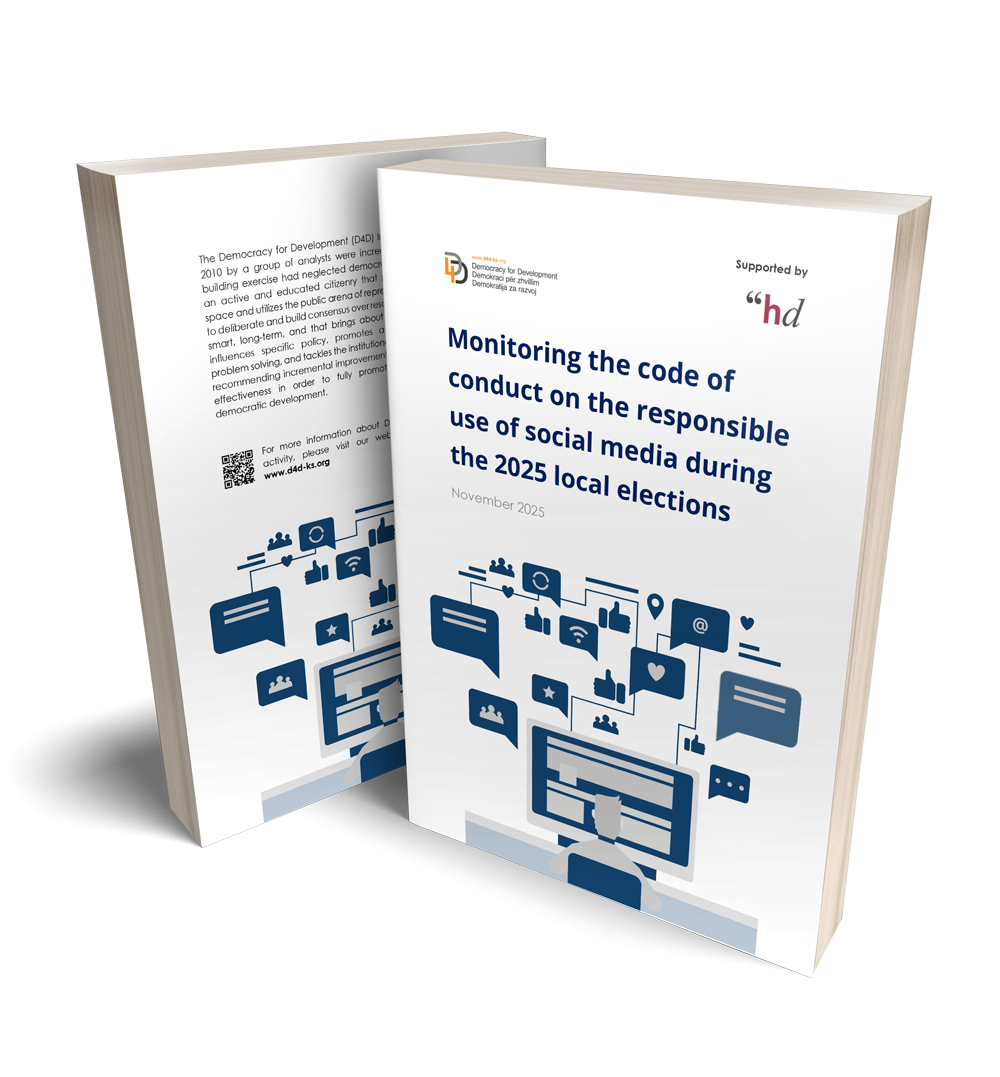
When we do a regular medical check-up, we tend to focus on the values that stand out. We worry about the worrisome results and get little comfort from the rest of the normal results. Somehow, we seem not to care about the health of the nation at the same rate. Inspired by this comparison, this brief policy paper outlines the most prevalent and recurring electoral manipulations in Kosovo.
Critical reports such as those that we usually publish have a major draw-back for they are seen by the authorities as too critical and not giving due praise to positive developments. However, it is the very nature of ‘check-up’ reports to improve public affairs by focusing on areas that need improvement most. It only intends to help the patient improve its outlook.
This paper comes after several years of electoral work by D4D including research, observation, following of trends, or analysis of results. Numerous publications focused on the electoral system, the process, the work of the parliamentary committee on electoral reform, voter lists, and the work of the CEC.
Electoral fraud marred the 2010 elections in the country and led to a six-month institutional deadlock, the consequences of which Kosovo still suffers. A repeat of such levels of manipulation would almost certainly incend political violence.
The political leadership has engaged in a half-hearted reform during the past year. Unfortunately, they focused only on systemic solutions which serve them to maximize political gain. In this sense, the resulting reforms were motivated by little more than political party calculations.
The 2012 EU Feasibility Study concluded that Kosovo’s elections were followed with serious deficiencies1. The international community sees the importance of fraud prevention and advises Kosovo to simplify its electoral system.
There is some improvement of electoral management in Kosovo, as noted by the progress of the mayoral byelections in Ferizaj and Kacanik in 2012, and by a more positive trend of electoral justice. The approach uses the medical analogy. Most Kosovars go to see the doctor too late, never hear the doctor’s exact diagnosis and do not take the prescription seriously. Unfortunately, there is no electoral doctor, and Kosovars will have to conduct its own test, face the diagnosis and engage in a long-term treatment.
D4D does not believe in easy shortcuts, for they do not exist. The system must build immunity and focus on prevention. The vacuum for fraud remains wide open, which is why D4D and Forum 2015 chose to focus on the top ten electoral problems and on techniques to address them. Closing the space for fraud is laborious and detail-intensive work (where the devil lies as has been widely proven).
This paper treats each fraudulent electoral practice into one to two pages. Each technique for fraud or space for manipulation starts with the diagnosis of the problem and is followed by a recommendation. The ten chapters are organized in three general themes that pertain to the different stages of elections: (a) general, (b) Election Day, and (c) counting and post-elections.




